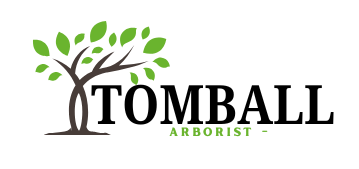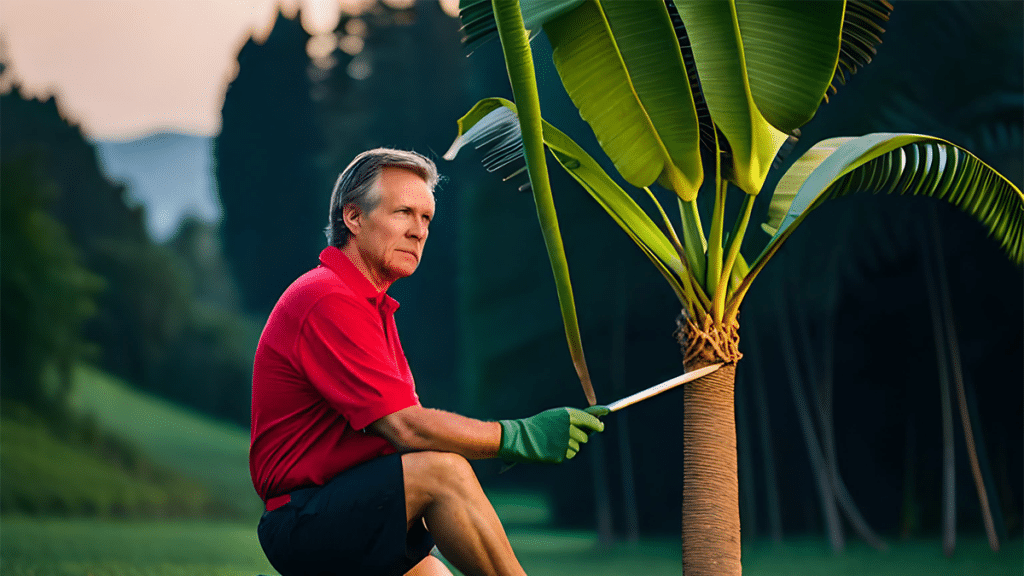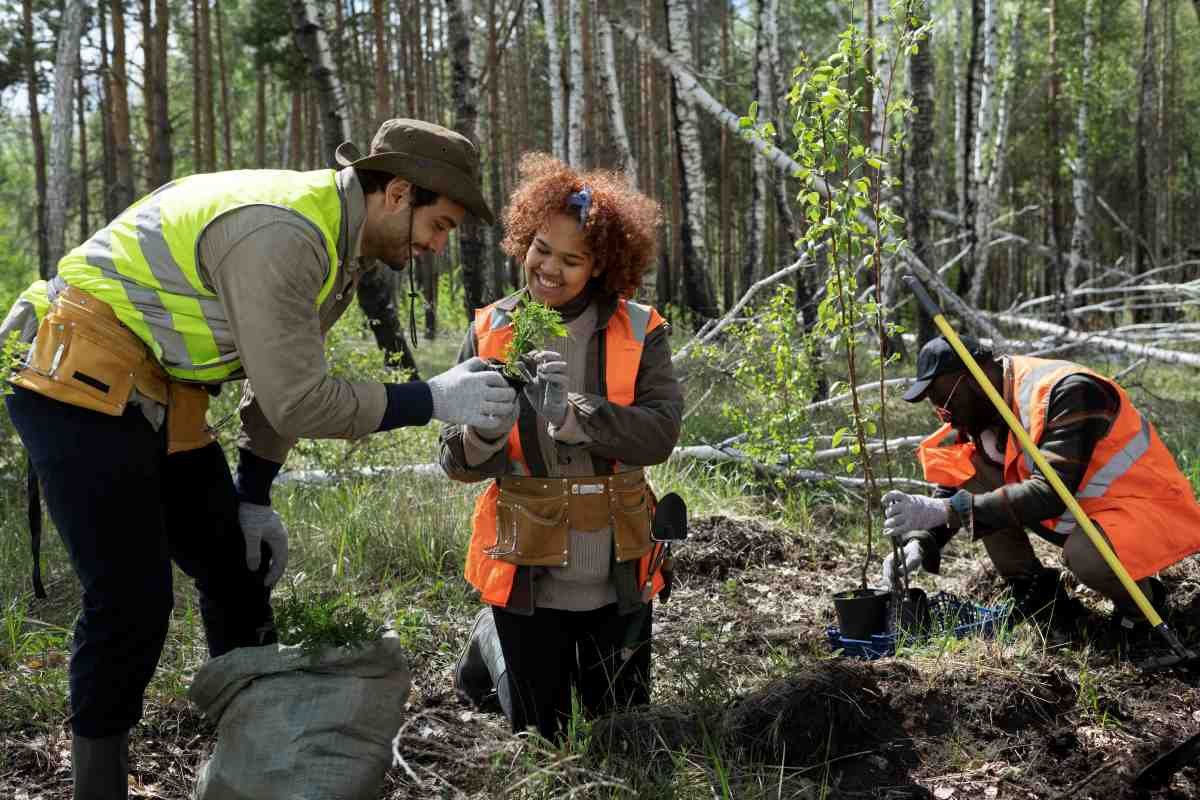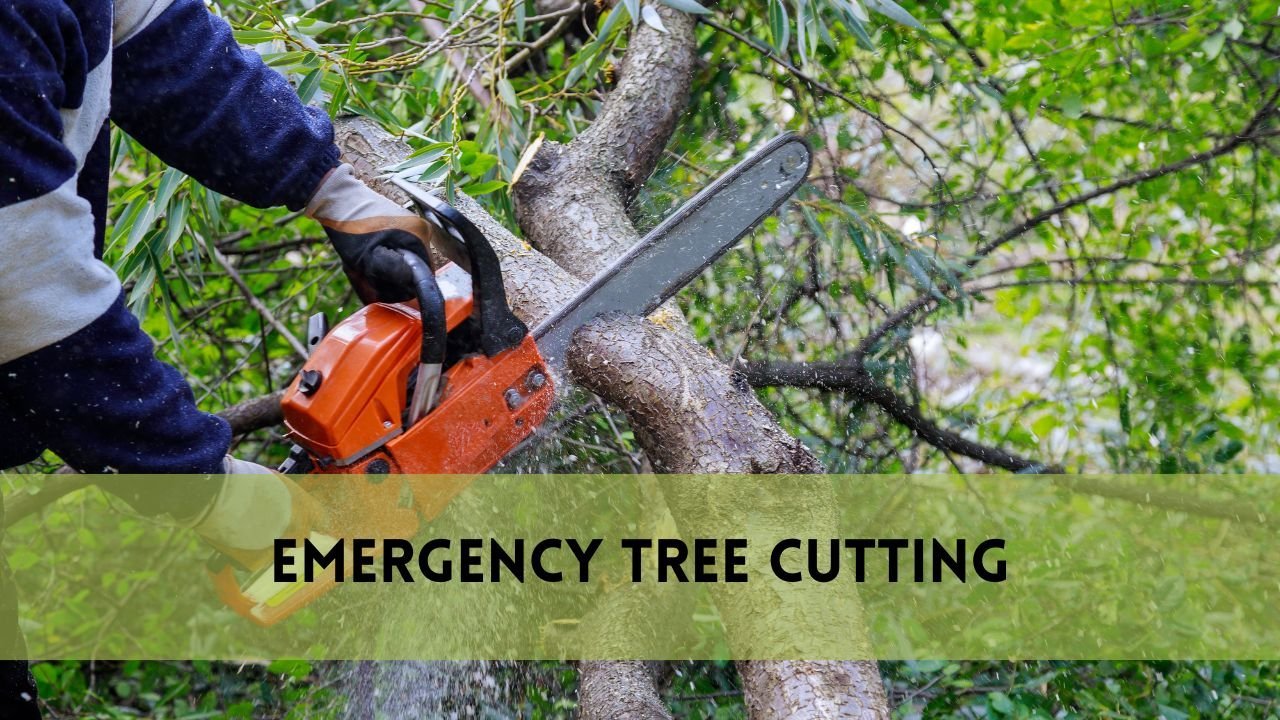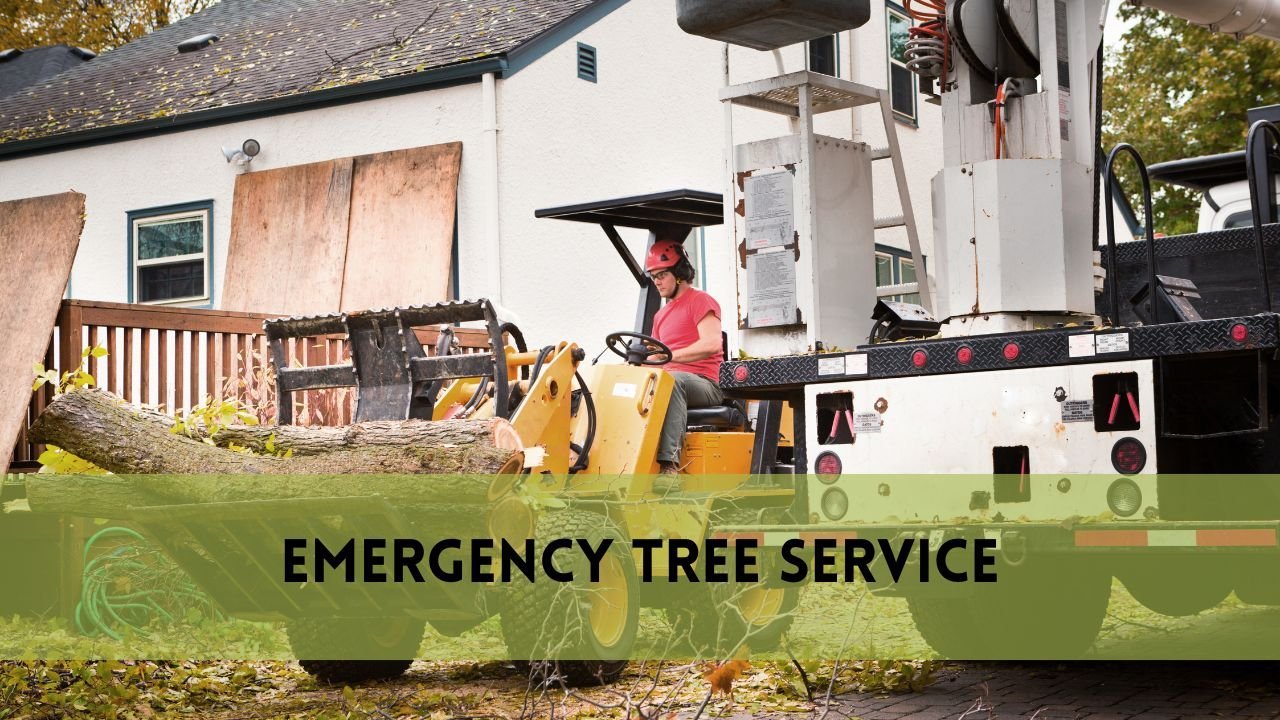Banana trees are a delightful addition to any garden, providing lush tropical foliage and, if you’re lucky, delicious homegrown bananas. To ensure your banana tree remains healthy and thriving, regular trimming is essential. Learn how to trim a banana tree for healthy growth. This guide will show you how to remove dead leaves, suckers, and old stalks, so your banana tree can produce more fruit and stay healthy for years to come.
How to Trim a Banana Tree for Healthy Growth?
Choose the Right Tools for the Job
When embarking on the task of trimming your banana tree, selecting the appropriate tools is essential to ensure precise and effective cuts. Equip yourself with the following equipment to get started:
- A Sharp Knife: Having a sharp and reliable knife is crucial for making clean and accurate cuts on the stem of your banana tree.
- Pruning Shears: Depending on the size of your banana tree, choose between small pruning shears for more delicate work or larger hedge shears for bigger trees.
- Optional: Machete and Loppers: For larger and more mature banana trees, a machete and loppers can be useful for tackling thicker stems and branches.
When to Prune Your Banana Tree
Understanding the optimal timing for pruning is essential to ensure the health and productivity of your banana tree. Follow these guidelines for the best results:
- Harvest and Wait for Flowering: Before you begin pruning, ensure you’ve harvested any ripe bananas from the tree and wait for any remaining blossoms to fully bloom.
- Dormancy in Winter, New Growth in Spring: During the winter months, banana trees go into a dormant phase, often marked by droopy and crispy leaves. Wait until spring, when new growth becomes visible, before initiating any pruning.
- Year-End Pruning or Seasonal Trimming: You have the option to perform a comprehensive pruning at the end of the year to prepare the tree for the upcoming growing season. Alternatively, you can opt for occasional mid-season trimmings to maintain the tree’s shape and health.
Pruning the Stem
Properly pruning the stem is vital for the overall health and fruit production of your banana tree. Follow these steps for effective stem pruning:
- Use a Sharp Knife: Employ a sharp blade or knife to ensure clean cuts on the stem, minimizing the risk of damage or infection.
- Cut ½ to 1 Inch from the Trunk: Trim the stalk approximately half to one inch away from the main trunk. This distance ensures a clean cut that aids in the healing process.
- Consideration for Flowering Capability: If you intend to cut the stem all the way back to the trunk due to damage or other reasons, be mindful that this might impact the tree’s ability to flower in the future.
Pruning the Inner Leaves
Trimming the inner leaves of your banana tree is essential to facilitate proper airflow and encourage new growth. Follow these steps for effective inner leaf pruning:
- Select Appropriate Pruning Shears: Depending on the size of your banana tree, choose small pruning shears for more delicate leaves or larger hedge shears for thicker and denser leaves.
- Identify Dead or Dying Leaves: During mid-season trimming, focus on removing outer leaves that display brown, yellow, or hole-ridden appearances. These signs indicate that the leaves are dead or dying. For year-end pruning, consider removing all the leaves.
- Choose Timing Carefully: Decide whether to perform year-end pruning or mid-season trimming based on the specific needs of your tree and the time of year.
Disposal of Cuttings
Properly disposing of the cuttings is vital to maintain a tidy and disease-free garden environment. Follow these tips for responsible disposal:
- Using Stalk Cuttings as Mulch: Repurpose the cut stalks by chopping them into small pieces and using them as natural mulch around the base of the tree. This can help conserve moisture and enrich the soil.
- Preventing Quick Regrowth: To delay the rapid regrowth of severed offshoots, dig out the base of these offshoots. This practice reduces the frequency of pruning required.
Selecting the Right Stalks for Trimming
When it comes to the art of pruning banana trees, understanding which stalks to trim and which to preserve is key to fostering healthy growth and maximizing fruit production. Not all stalks are created equal, and knowing how to differentiate between them is an essential skill for any banana tree caretaker.
Begin by closely observing your banana tree’s stalks. Identify any that appear brown, shriveled, or show signs of disease. These are prime candidates for removal, as they no longer contribute positively to the tree’s health. Additionally, focus on removing stalks that have already borne fruit and are displaying signs of decline, as these stalks will unlikely produce quality fruit again.
However, not all pruning involves removing stalks entirely. In some cases, it might be sufficient to trim off dead or browning leaves from the stalk while preserving the healthy core. This helps maintain the plant’s overall appearance while allowing the healthy portions of the stalk to continue nourishing the tree.
Pruning Tips for Different Banana Varieties
Banana trees come in various varieties, each with its distinct growth habits and requirements. Understanding the specific needs of your banana variety is crucial for effective pruning. For example, while some varieties produce a single main stalk, others might produce multiple “pups” or offshoots that can grow into separate trees.
For single-stalk varieties, focus on maintaining a healthy central stalk and removing any competing offshoots. On the other hand, multi-stalk varieties benefit from selective thinning to ensure that energy is appropriately distributed among the different stalks. Thorough research into your banana variety’s growth patterns and pruning preferences will help you make informed decisions for a flourishing tree.
Common Mistakes to Avoid When Pruning Banana Trees
Pruning banana trees is a delicate process that requires finesse and knowledge. To ensure the best results, it’s important to steer clear of common mistakes that can inadvertently harm your banana tree’s health and fruit production.
One common mistake is excessive pruning, where too many stalks or leaves are removed at once. This can shock the tree and hinder its ability to photosynthesize and produce energy. Another mistake is improper cutting techniques, such as leaving jagged edges or cutting too close to the trunk. These mistakes can create entry points for diseases and pests.
Maintaining Your Pruned Banana Tree
After successfully trimming your banana tree, your efforts don’t end there. Proper post-pruning care is essential for maintaining the benefits of your hard work. Ensure that your banana tree receives adequate sunlight, water, and nutrients. Mulching around the base of the tree helps conserve moisture and regulate soil temperature, promoting healthy growth.
Regularly inspect your banana tree for any signs of disease or pest infestations, and take prompt action if you notice any issues. Proper care and vigilance will ensure that your pruned banana tree continues to thrive, producing bountiful and delicious fruit for years to come.
Utilizing Pruned Stalks for Propagation
The act of pruning your banana tree not only contributes to its health and aesthetics but also presents an exciting opportunity for propagation. The stalks you trim from your tree can serve as valuable resources to expand your banana tree collection or share the beauty of these tropical plants with friends and family.
To utilize pruned stalks for propagation, begin by selecting healthy and disease-free stalks. These should ideally be young offshoots that are well-established and have a sufficient root system. With a sharp and clean knife, make a clean cut just below the offshoot’s root mass.
Prepare a suitable planting location with well-draining soil and adequate sunlight. Plant the offshoot at a similar depth as it was in its original location. Water the newly planted offshoot thoroughly and consider adding a layer of mulch around the base to help retain moisture.
Regularly monitor the offshoot’s growth and provide it with consistent care, including watering and fertilizing as needed. Over time, the offshoot will develop into a thriving banana tree, continuing the cycle of growth and fruit production.
Consulting an Expert: When to Seek Professional Help
While DIY pruning can be rewarding, there are situations where seeking the expertise of a professional arborist can provide valuable insights and ensure optimal tree care. Larger or more mature banana trees, as well as intricate pruning tasks, may benefit from the knowledge and skills of a tree care specialist.
If you have multiple banana trees or are unsure about the best approach to pruning for a specific variety, consulting a professional can provide peace of mind. Arborists possess in-depth knowledge of different banana species, growth patterns, and best practices for pruning. They can assess your trees’ condition, identify potential issues, and offer tailored advice to promote healthy growth and fruit production.
Additionally, if your banana trees are located near structures or power lines, a professional arborist can safely navigate these challenges and ensure that the trimming process is conducted without risk to your property or the tree’s health.
People Also Ask
Can I use regular household scissors for pruning my banana tree?
It’s recommended to use dedicated pruning tools like pruning shears or a sharp knife for clean and precise cuts, as regular scissors might not provide the desired results.
Can I prune my banana tree during the fruiting season?
It’s best to wait until after the fruiting season to prune your banana tree. This allows the tree to channel its energy into fruit production before focusing on growth.
Can I compost the pruned leaves and stalks?
Yes, banana leaves and stalks can be added to your compost pile. However, consider chopping them into smaller pieces to facilitate decomposition.
Should I apply any wound dressing after pruning the stem?
In most cases, wound dressings are not necessary. A clean and proper cut will naturally heal over time without the need for additional treatments.
Can I trim my banana tree if it’s growing in a pot indoors?
Yes, you can trim a potted banana tree indoors following the same principles. However, ensure that the plant receives adequate sunlight and proper care after trimming.
Conclusion
With the right tools and knowledge, trimming a banana tree becomes a rewarding and beneficial practice for its overall health and fruit production. By following the steps outlined in this guide, you can confidently maintain a lush and healthy banana tree that will continue to flourish in your garden for years to come. Happy gardening.
